News & Stories
News & Stories Filtered BY
Filtered by
Singapore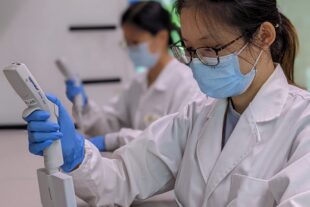
Study sheds light on antibiotics-associated diarrhea
A joint study by the Singapore General Hospital (SGH) and Singapore-MIT Alliance for Research and Technology (SMART), MIT’s research enterprise in Singapore, may have found the reason some patients experience diarrhea after taking the antibiotic amoxicillin-clavulanate, commonly known as Augmentin. It is a widely prescribed antibiotic used to treat many infections, including pneumonia and urinary […]
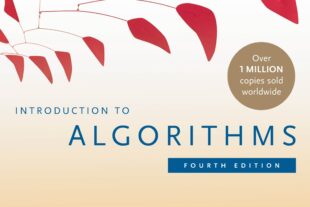
Q&A: What makes a bestselling textbook?
The Department of Electrical Engineering and Computer Science (EECS) recently learned that “Introduction to Algorithms,” a textbook coauthored by department professors Charles Leiserson and Ronald Rivest, alongside Dartmouth College’s Tom Cormen SM ’86, PhD ’93 and Columbia University’s Cliff Stein SM ’89, PhD ’92, has now officially sold over 1 million copies worldwide. Lauded for its […]
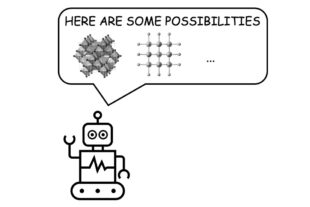
A new way to perform “general inverse design” with high accuracy
Researchers have discovered a novel way to perform “general inverse design” with reasonably high accuracy. This breakthrough paves the way for further development of a burgeoning and fast-moving field that could eventually enable the use of machine learning to accurately identify materials based on a desired set of user-defined properties. This could be revolutionary for […]

SMART researchers develop method for early detection of bacterial infection in crops
Researchers from the Disruptive and Sustainable Technologies for Agricultural Precision (DiSTAP) Interdisciplinary Research Group (IRG) of Singapore-MIT Alliance for Research and Technology (SMART), MIT’s research enterprise in Singapore, and their local collaborators from Temasek Life Sciences Laboratory (TLL), have developed a rapid Raman spectroscopy-based method for detecting and quantifying early bacterial infection in crops. The […]
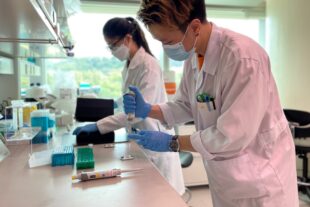
New 10-minute test detects Covid-19 immunity
Researchers have successfully developed a rapid point-of-care test for the detection of SARS-CoV-2 neutralizing antibodies (NAbs). This simple test, only requiring a drop of blood from a fingertip, can be performed within 10 minutes without the need for a laboratory or specially trained personnel. Currently, no similar NAb tests are commercially available within Singapore or […]

A new way to generate light using pre-existing defects in semiconductors
Researchers from the Low Energy Electronic Systems (LEES) interdisciplinary research group at the Singapore-MIT Alliance for Research and Technology (SMART), MIT’s research enterprise in Singapore, together with collaborators at MIT, National University of Singapore (NUS), and Nanyang Technological University (NTU), have discovered a new method of generating long-wavelength (red, orange, and yellow) light using intrinsic […]
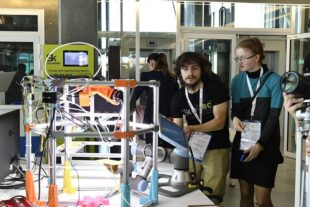
Call for Proposal: Skoltech-MIT Pilot Grants 2022
MIT Skoltech Program 2022 Call for Pilot Grant Proposals After the 2020 successful round of pilot grants, the MIT Skoltech Program is calling for another round of proposals from MIT Principal Investigators from any of the Institute’s schools, departments, laboratories, or centers. The pilot grants are designed to seed and support idea generation for MIT […]
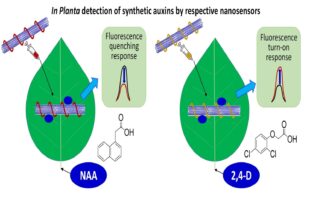
Researchers design sensors to rapidly detect plant hormones
Researchers from the Disruptive and Sustainable Technologies for Agricultural Precision (DiSTAP) interdisciplinary research group of the Singapore-MIT Alliance for Research and Technology (SMART), MIT’s research enterprise in Singapore, and their local collaborators from Temasek Life Sciences Laboratory (TLL) and Nanyang Technological University (NTU), have developed the first-ever nanosensor to enable rapid testing of synthetic auxin […]
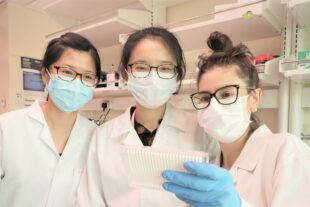
A new way to detect the SARS-CoV-2 Alpha variant in wastewater
Researchers from the Antimicrobial Resistance (AMR) interdisciplinary research group at the Singapore-MIT Alliance for Research and Technology (SMART), MIT’s research enterprise in Singapore, alongside collaborators from Biobot Analytics, Nanyang Technological University (NTU), and MIT, have successfully developed an innovative, open-source molecular detection method that is able to detect and quantify the B.1.1.7 (Alpha) variant of […]

Call for Proposal: Skoltech-MIT Next Generation Program
Skoltech and MIT announce the 4th Call for Proposals for the Next Generation Program (NGP) consisting of joint projects. This call is for PI-initiated projects in research, education, and/or innovation. A team jointly led by a PI from Skoltech and a PI from MIT may submit a single, integrated proposal in one or more of the […]